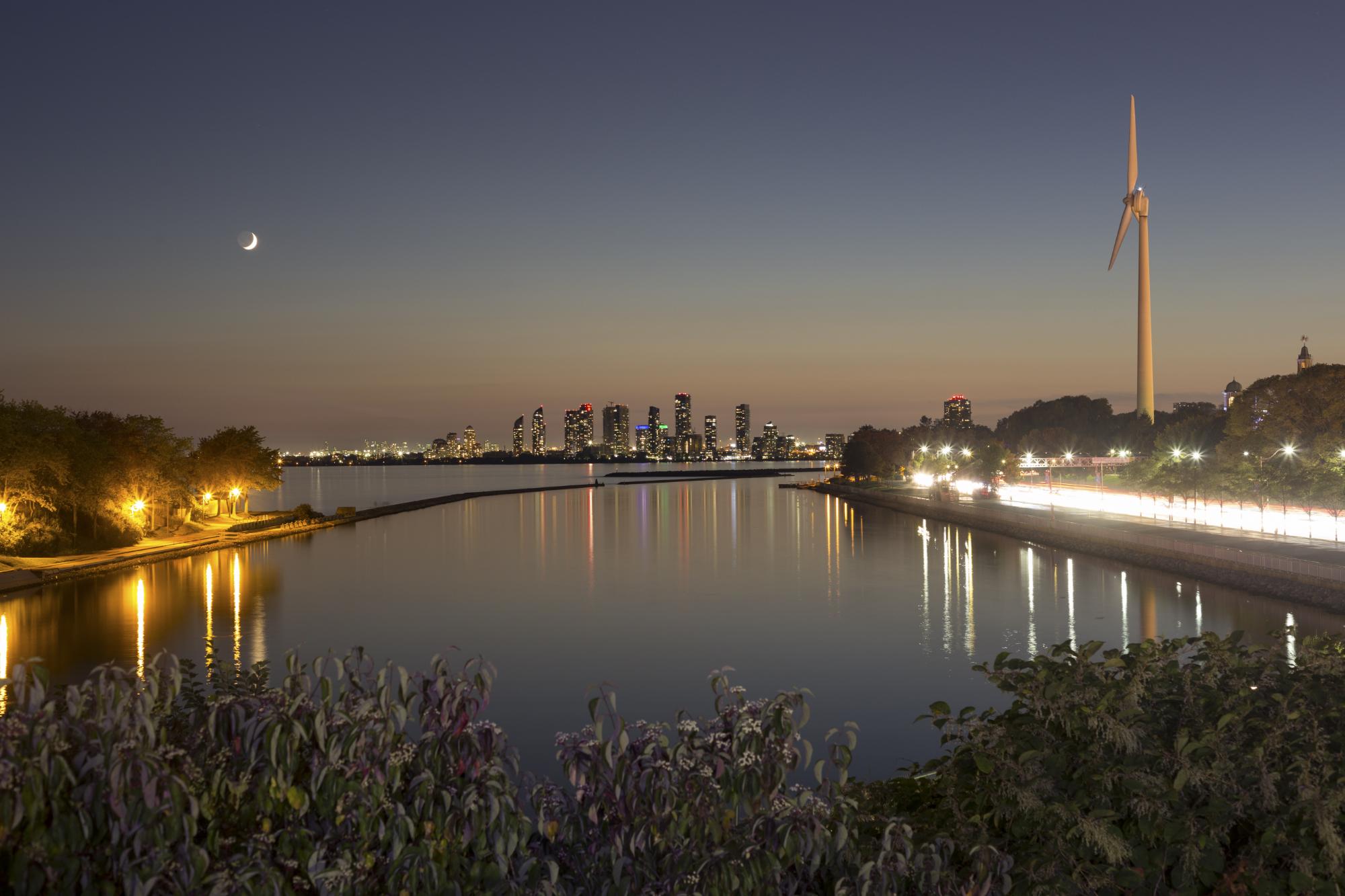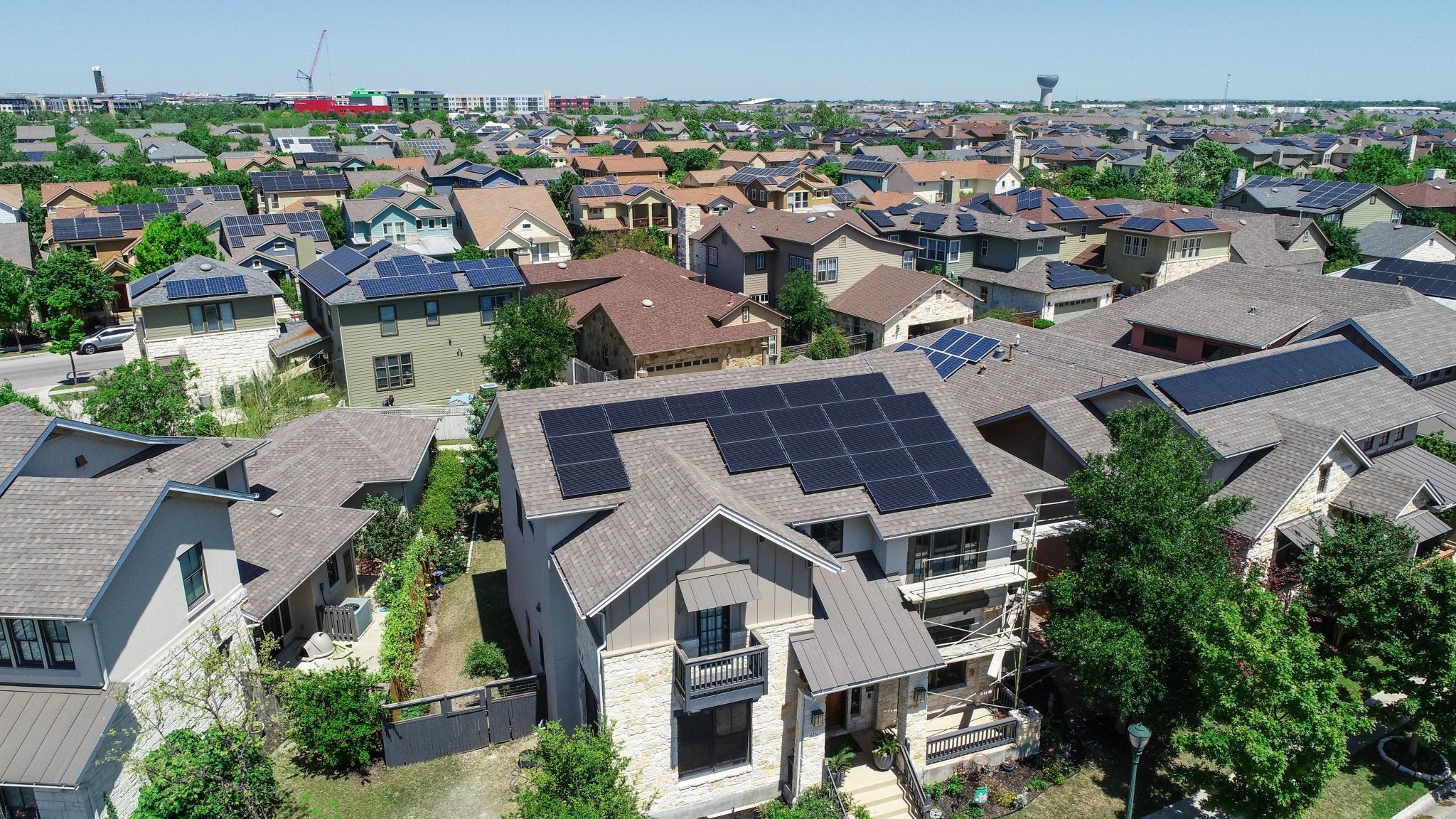Renewable energy—wind, solar, hydroelectricity and geothermal energy—is growing steadily worldwide. Countries leading the way in renewable energy include:
- Iceland
- Sweden
- Costa Rica,
- Nicaragua
- the U.K
- Germany
- Uruguay
- China
Going 100 per cent Renewable by 2050
Some countries have set targets and goals to be run by 100 per cent renewable energy in the near future. At a 2016 United Nations Climate Change Conference, nearly 50 countries agreed to only use renewable energy by 2050. Countries like the Philippines and Colombia pledged to make their energy production 100 per cent renewable between 2030 and 2050, at the latest. The U.S. and Canada, however, are slowly catching up to the countries with such pledges that are leading the way. In the U.S. last year (2017), about 18 per cent of all electricity was from renewable sources. In Canada, the amount is about the same at 18.9 per cent, according to the Government of Canada.
Help Canada commit to creating more sustainable energy projects through our petition, closing on September 25

Barriers to Renewable Energy
Many agree more renewable energy is indeed worth striving for. But there are barriers stopping more renewable energy from being produced. One of those major barriers is cost. According to a U.S.-based organization, the bulk of renewable energy costs come from building the technology in the first place. A new natural gas plant might have costs around $1,000/kW (kilowatts are a measure of power capacity). While the average cost to install a solar system ranges from $2,000/kW to almost $3,700 for residential systems. Wind costs around $1,200 to $1,700/kW, according to the organization. Cost is also an issue when it comes to transmission of the electricity—the power lines and infrastructure needed to move electricity from where it’s generated to where it’s consumed. Wind and solar farms aren’t all sited near old non-renewable power plants. This means that new systems need to be set up. Other barriers to renewable energy include market entry and political/government support. 
Is Renewable Energy Cheaper in the Long-run?
New research shows that, in the long-run, renewable energy is more cost effective than non-renewable energy. Company Lazard considered costs over the lifespan of energy projects and found wind and utility-scale solar can be the least expensive energy generating sources. As of 2017, the cost (before tax credits that would further drop the costs) of wind power was $30-60 per megawatt-hour (a measure of energy). Large-scale solar costs are $43-53/MWh. For comparison: energy from the most efficient type of natural gas plants costs $42-78/MWh. Coal power costs at least $60/MWh. The International Renewable Energy Agency (IRENA) reports that costs for renewable energy is down. In a recent report, IRENA noted that solar photovoltaic (PV) panels are more than 80 per cent cheaper than in 2009. In addition, electricity costs from solar photovoltaic panels fell by almost three-quarters from 2010-2017. IRENA notes their costs continue to decline. Depending on the market, wind turbine prices have also fallen by about half over a similar period. These price drops are leading to cheaper wind power globally. By 2020, the renewable power generation technologies now in use will be at the lower end of the fossil-fuel cost range, or even cheaper than fossil fuels. Although renewable energy is growing, it still needs extra investment up front in comparison to non-renewable energy. Many countries—and individuals—see the benefit of investing now for a more sustainable and greener future.
If you want to see Canada invest in more renewable energy projects, sign our petition by September 25!


